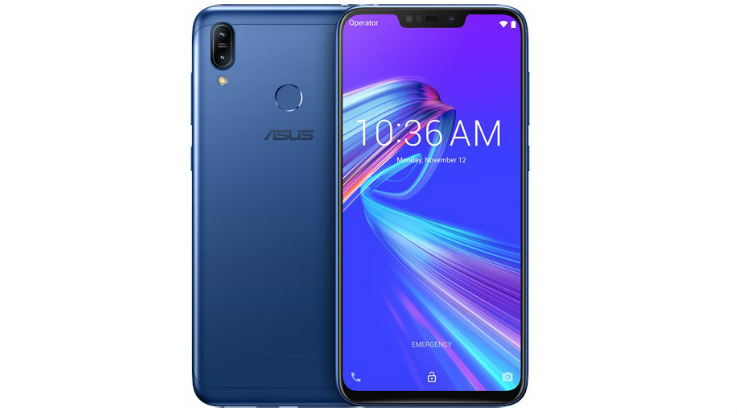Asus is one of those few brands that has worked hard in getting the placement of their devices right for the Indian market. The company has started bringing out smartphones which are loaded with a host of interesting features and are priced quite aggressively.
The latest one in its arsenal is the Zenfone Max Pro M2 and Zenfone Max M2. We already talked about the Zenfone Max Pro M2 in our review, it is now time for the smaller sibling. The Asus Zenfone Max M2 comes in two variants – 3GB RAM with 32GB internal storage priced at Rs 9,999 while the 4GB RAM with 64GB internal storage variant will cost you Rs 11,999. The smartphone comes loaded with a standard design and the hardware seems to be decent. So, can it be a strong contender in the budget segment? Let’s find out.
What we liked about Zenfone Max M2!

Starting with the pros, the Zenfone Max M2 (check out the pics here!)comes with a near stock experience. The phone runs on Android 8.1 Oreo with company’s ZenUI running on top of it. The user interface is quite smooth and easy to use. You get less bloatware in this smartphone including Facebook, Messenger, and Instagram.
Then there are some company’s apps like a calculator, voice recorder, and FM radio. It is a good thing that the company has opted for a near stock user interface, which makes the whole experience quite interesting. However, we still feel that the company could have added some extra features like dual apps support and more to make it the UI more useful.
[[VIDEOID=1396]]
Being a budget-centric smartphone, Asus has added some good internals. The smartphone is powered by a Qualcomm Snapdragon 632 Chipset coupled with Adreno 506 GPU. It is backed by a 3GB RAM + 32GB and 4GB RAM + 64GB variants. We got the former for the review. The chipset is particularly new and it recently introduced in Honor 8C. Coming to its performance, it is quite smooth and you will face no problems while using it as a daily driver. Multitasking was decent in our review as tested different apps like Facebook, WhatsApp, checking some emails and more.

Coming to the gaming experience, the phone is able to handle most of casual titles like Candy Crush Saga, Temple Run 2, Archery King etc without breaking any sweat. Although high-end games like Asphalt 9 ran with lowest graphics settings. The gameplay was smooth, though the graphics were not appealing to the eye. That said, keeping in mind that it is a budget-centric smartphone, the performance is quite decent.
One is where Zenfone Max M2 does a good job is the battery. The phone is loaded with a 4000mAh battery, which easily lasted one full day. Our daily usage consisted of opening Maps for a commute, playing music, watching some series on Amazon Prime Videos and a few hours of gaming. During this period, the phone was able to give an almost full day of battery backup, which is a good thing after all.
What we didn’t like about Zenfone Max M2!

One thing we didn’t like about the Zenfone Max M2 was the display. The phone is loaded with 6.3-inch HD+ display with a screen resolution of 1520 x 720 pixels. The display was bright, though it lacked the punchy colours in our opinion. There are phones at this price Band that gives you Full HD+ display, which is missing in this smartphone.
The outdoor visibility is quite average and when the sunlight is hard, you will face difficulties in reading the text present on the screen. Further, the smartphone comes with a notch at the top, though there is no option to hide. This sometimes spoils the mood when the app is not optimised for the notch experience.
Another weakness of this device is it cameras. The phone has a dual rear camera setup of 13-megapixel primary sensor with f/1.8 aperture, 26mm focal and LED flash and a 2-megapixel secondary sensor. For the front, there is an 8-megapixel camera with f/2.0 aperture, LED flash and 26mm focal length. Under broad daylight, the phone was able to take some detailed shots, but the colours were a bit washed out in nature. The macro shots were average in our testing.

One particular problem we face during our review period was the fact that the phone struggles to process the image quickly. It was slow to lock the focus and sometimes we have to wait for the image to be processed. The bokeh effect is not that great either. The phone was not able to highlight the edges of the subject and the blurring seems to be more artificial as compared to other products available at this price point. The low light performance was below average as photos came out to be blurry and grainy in nature.


